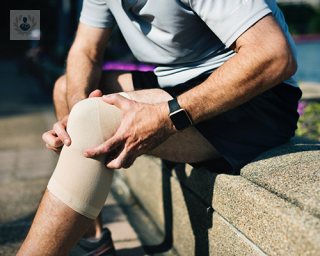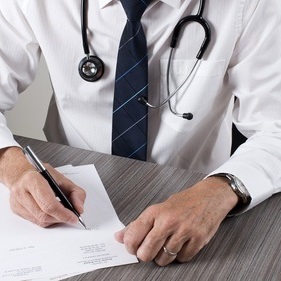Lateral external ligament
The lateral collateral ligament (LCL) or lateral collateral ligament is one of four major ligaments that support the knee joint. Connects the femur to the tibia: it goes from the top of the tibia in the lower section of the femur. Its function is not to allow lateral mobility of the knee joint stable and maintain the outer side of the joint. The most common injuries occur by pressure or an injury that pushes the knee joint from the inside, which results in stress on the outside. The symptoms of a rupture or tear of the lateral collateral ligament are: swelling of the knee, blocking knee motion, pain or tenderness on the outer side of the knee, the knee gives way or feels like to do when It is active or voltage. You must make an examination of the lateral collateral ligament laxity possible to study this. It involves bending the knee to 25 degrees and putting pressure on the inner surface. They should also take X-rays of the joint, MRI, among other studies. The patient should apply ice to the area, in addition to anti-inflammatory, knee and constantly raise physical activity until the pain and swelling go away.





